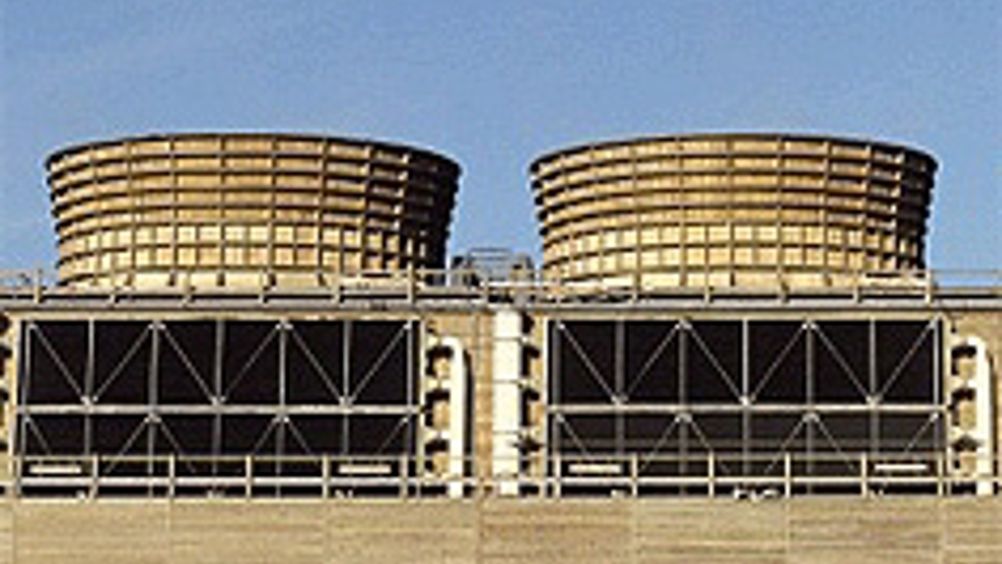Thermal barrier coating could boost efficiency of gas turbines
A spin-out company from Imperial College London has developed a thermal barrier coating for gas turbine parts that can optically feed back its temperature and ageing status even while the engine is running at full speed.

The main application for the technology is in power-generating gas turbines, where the coating could help to achieve significant efficiency savings.
Ceramic thermal barrier coatings, including yttria-stabilised zirconia, are used for the so-called ‘hot section components’ of gas turbines, such as the blades.
They allow the underlying metal components to operate at a much higher temperature, thereby achieving greater performance and efficiency. Nevertheless, Dr Joerg Feist, managing director of Southside Thermal Sciences (STS), claims that many gas turbines still operate within their potential.
‘People are not going to the limits of their engines and people don’t know what the accurate temperature is on their components,’ he said. ’Our technology can provide this. By increasing the temperature, you increase the efficiency, but you can’t increase this indefinitely.’
The company developed a method of doping ceramics with phosphorescent molecules and applying the novel coating with a plasma deposition technique. When irradiated with ultraviolet light, it gives out a characteristic signature depending on its current temperature, corrosion status or other phases.
Register now to continue reading
Thanks for visiting The Engineer. You’ve now reached your monthly limit of news stories. Register for free to unlock unlimited access to all of our news coverage, as well as premium content including opinion, in-depth features and special reports.
Benefits of registering
-
In-depth insights and coverage of key emerging trends
-
Unrestricted access to special reports throughout the year
-
Daily technology news delivered straight to your inbox










Water Sector Talent Exodus Could Cripple The Sector
Maybe if things are essential for the running of a country and we want to pay a fair price we should be running these utilities on a not for profit...